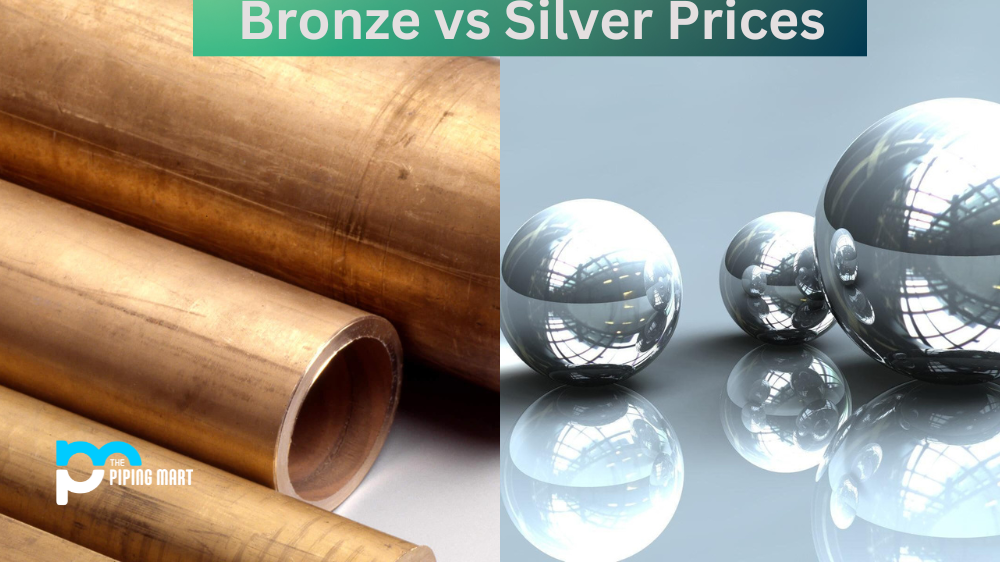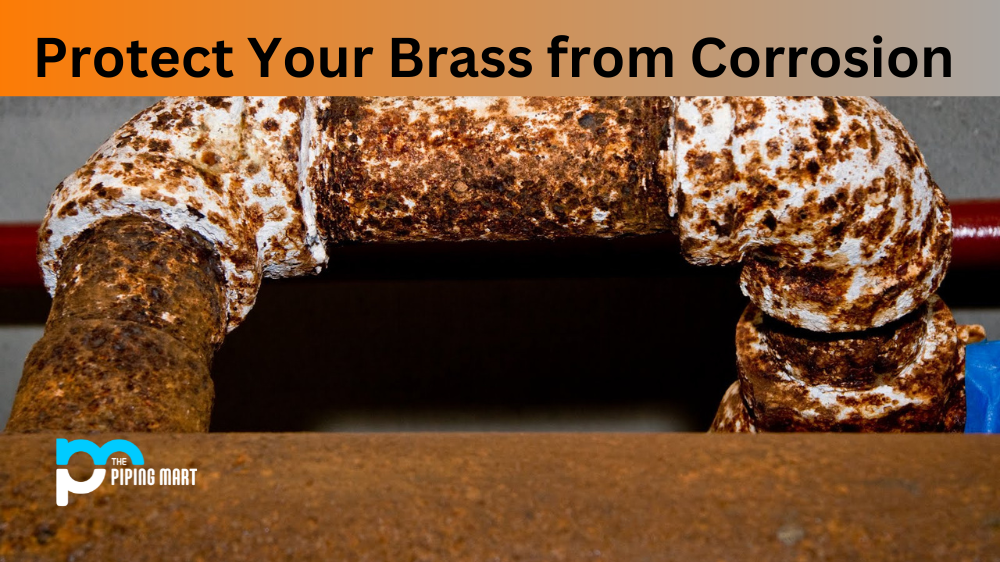If you’re in the market for a new knife, one of the most important things to consider is the type of steel used in the blade. Two of the most popular types of steel for knife blades are 1045 carbon steel and 1095 steel. While they may sound similar, the two have some significant differences. This blog post will look at 1045 carbon steel and 1095 steel to help you decide which suits your needs.
What is 1045 Carbon Steel?
1045 carbon steel is a popular choice for knife blades because it is easy to sharpen and holds an edge well. It is also less expensive than many other types of steel. 1045 steel contains roughly 0.45% carbon, which makes it low to medium-carbon steel. This type of steel is easier and more durable than other options, but it is a good choice for knives used for light to medium cutting tasks.
What is 1095 Steel?
By contrast, 1095 steel is a high-carbon steel with around 0.95% carbon. This makes it a more complex and durable type of steel but also more brittle. Knives made from 1095 steel can hold an incredibly sharp edge but may be more prone to chipping or breaking if subjected to heavy use. This type of steel is a good choice for knives that will be used for more serious cutting tasks, but it is generally harder to sharpen than 1045 steel.
Difference Between 1045 Carbon Steel and 1095 Steel
Corrosion Resistance
Another difference between these two types of steel is their rust resistance. 1045 steel is more rust-resistant than 1095 steel, although it still requires some care to prevent corrosion. Knives made from 1095 steel are more prone to rust, so keeping them clean and dry when not in use is essential. Some knife makers will add a coating or other treatment to the blade to help prevent rust, but this can affect the knife’s performance.
When it comes to choosing between 1045 carbon steel and 1095 steel for a knife blade, it really depends on what you will be using the knife for. If you need a knife for light to medium tasks such as chopping vegetables or slicing meat, 1045 steel is a good choice. It is easy to sharpen and holds an edge well. If you need a knife for heavy cutting tasks such as chopping wood or carving rigid materials, 1095 steel is a better option. It will hold up better under heavy use and can hold an incredibly sharp edge.
- 1045 carbon steel is a medium-carbon steel that offers better weldability and machinability than other lower-carbon steel.
- 1095 carbon steel is a high-carbon steel that offers superior wear resistance and edge retention.
- 1045 carbon steel is more ductile than 1095 carbon steel, making it easier to weld and machine.
- 1095 carbon steel is less likely to crack or distort during welding than 1045 carbon steel.
- 1045 carbon steel is more difficult to heat treat than 1095 carbon steel, but it can be done correctly.
- 1095 carbon steel will hold an edge better than 1045 carbon steel, but it is also more likely to chip or break under heavy use.
- 1045 carbon steel is less expensive than 1095 carbon steel, making it a good choice for budget-conscious buyers.
- Both 1045 and 1095 carbon steels are readily available from most metal suppliers.
Conclusion
1045 carbon steel and 1095 steel are excellent knife blade options, but they have some crucial differences that should be considered when choosing between them. 1045 steel is a good choice for light to medium cutting tasks, while 1095 steel is better for heavier use. 1045 steel is easier to sharpen and more rust-resistant, while 1095 steel is more complex and holds a sharper edge. When choosing a knife blade material, it is essential to consider your own needs and the tasks you will be using the knife for. With careful consideration, you can choose the best material for your knife blade and enjoy years of reliable use.

A passionate metal industry expert and blogger. With over 5 years of experience in the field, Palak brings a wealth of knowledge and insight to her writing. Whether discussing the latest trends in the metal industry or sharing tips, she is dedicated to helping others succeed in the metal industry.




